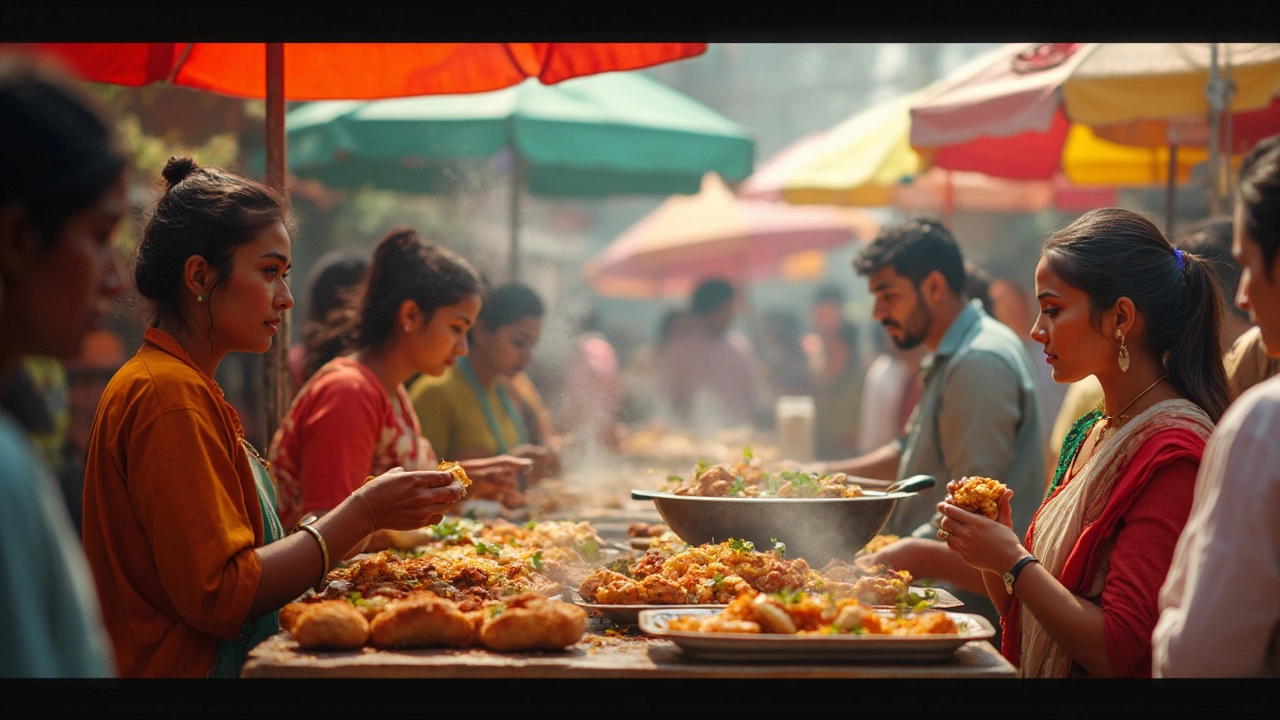Health Risks in Indian Cooking
When we talk about health risks, the possible negative effects that foods and cooking habits can have on your body. Also known as dietary hazards, nutrition, the study of nutrients and how they support or strain the body and sugar consumption, the amount of added sugars you eat daily are two of the biggest drivers behind those risks. Understanding how junk food, high‑calorie, low‑nutrient foods fits into the picture helps you make smarter choices in the kitchen.
Why Understanding Health Risks Matters
First off, health risks encompass nutrition concerns. If a dish is heavy on refined carbs but light on protein and fiber, you’re loading up on blood‑sugar spikes. That’s why sugar consumption matters: every extra spoonful of sugar nudges you closer to insulin resistance, especially when the sugar hides in sauces or marinades you thought were harmless. Second, the junk food label isn’t just about fast‑food chains—it also applies to overly greasy biryanis or buttery rotis that lack balance. When you pair those dishes with sugary drinks, the combined effect amplifies the risk of weight gain, heart problems, and even early‑onset diabetes.
But the story isn’t all doom and gloom. Some Indian ingredients naturally fight those risks. Fresh fruit, for example, packs antioxidants and fiber that slow sugar absorption and lower cholesterol. Dal, the humble lentil stew, offers a solid protein punch while keeping the glycemic load modest—provided you soak it properly (skipping the soak can make digestion harder and raise bloating). Even spices like turmeric and cumin have anti‑inflammatory properties that can counteract the damage caused by excessive fats or sugars.
Putting these pieces together creates a clear web of cause and effect: nutrition influences sugar consumption, which in turn heightens health risks; simultaneously, junk food choices exacerbate those risks, while fruit and dal act as protective agents. That’s why mastering a few simple tricks—like swapping white rice for brown, adding a squeeze of lemon to balance flavors, or choosing paneer made from low‑fat milk—can dramatically lower the danger zone without sacrificing taste.
Below you’ll find a curated set of articles that dive deeper into each of these angles. From uncovering whether biryani really counts as junk food to breaking down the sugar habits of different ethnic groups, the collection offers practical tips, myth‑busting facts, and tasty workarounds. Keep reading to arm yourself with the knowledge that turns everyday cooking into a healthier habit, and discover how small tweaks can keep those health risks at bay.

Most Unhealthy Food in India: What You Need to Know
Discover the most unhealthy food in India and what makes it so bad for your health. Learn about popular favorites that could be ruining your diet, plus the hidden facts behind common ingredients. Find practical tips to make smarter choices even when you crave tasty treats. Get ideas for easy swaps so you can enjoy classic flavors without risking your well-being. Dive into the real risks, backed by recent trends and research.